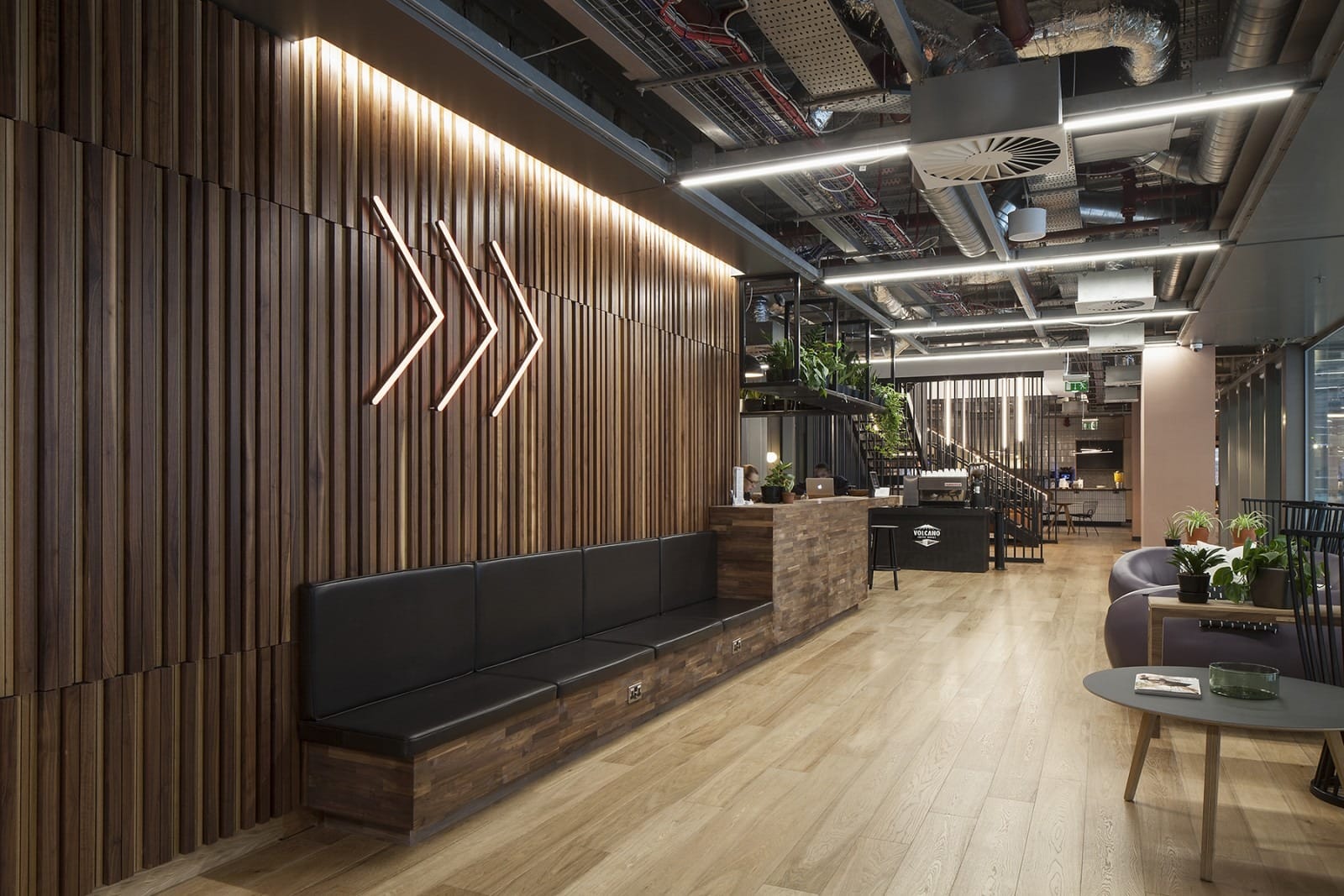Lighting design has often been misunderstood, and undermined when viewed alongside other long-established disciplines such as architecture, mechanical engineering, landscaping and interior architecture. Often it can be the last element to be considered in the design process, and the first to be value-engineered when a project comes under scrutiny.
As lighting designers, we are required to justify our roles within the design team and demonstrate the benefits to the wider management team. To do this, we are required to be experts in our field, with unparalleled experience and foresight. However, this alone is not enough.
Lighting design and mechanical engineering
As design becomes more adventurous and technology becomes more advanced, boundaries are pushed in every field, and therefore lighting designers are required to further justify their roles through bolstering additional skill sets from other design fields.
In order for a successful lighting scheme to be truly considered, incorporated and harmonious within the overall design concept, designers need to have a basic understanding of mechanical engineering, i.e. energy, heating and cooling systems, knowledge of materials and finishes, and the construction of interiors, to name a few.
Collaborative working throughout the design process
The design process and journey of any project is becoming more complex, but ever more streamlined, as designers embark upon collaborative working. Whilst the architects are often engaged in the first instance, the involvement of a lighting designer from the client briefing stage would also be the ideal situation, in order to fully understand the client’s expectation and design vision. However, this may not always be realised, or possible.
As a lighting consultant, our responsibility has developed and morphed into a guardianship role, whereby every aspect of the project design must be considered, to determine whether or not it affects the finished visual, environment or atmosphere.
The Internet of Things (IoT) within the lighting industry
With technological advances, and the desire to become a fully interconnected world, the Internet of Things (IoT) has become a hot topic amongst many industries, lighting being one of them.
Increasingly, manufacturers of commercial lighting are tapping into the core elements of a building and piggybacking its infrastructure by offering light fittings which are dual-purpose and have added functionality. Light fittings are being integrated with Bluetooth control, Bluetooth meshing, Li-Fi, and data tracking sensors, which in turn can be linked to building management systems and used for marketing analysis.

With these new ‘super’ light fittings, there is greater convenience, with multiple systems all rolled into one. In some cases, this can reduce the initial costs of infrastructure, such as electrical and data wiring, as many fixtures can now be powered over ethernet cables, serving both objectives: delivering power and data.
This change in power and data control starts to further blur the lines between the scope of works of even more design disciplines that it coincides with; lighting, electrical and information technology design.
Good technology doesn’t necessarily equate to good lighting design
Developments in connective technology are also now more prevalent within consumer home lighting goods with big technology brands; Amazon Echo and Google Home, to name two, are also delving into the lighting market, offering voice control of specialist LED lamps.
Now that consumers and clients have these controls and LED lamp products at their fingertips, the conveniently packaged and user-friendly technology is becoming widespread, allowing users to simply control their home appliances and lighting. Scene-setting, ambience, colour and light levels can all be voice-controlled through their connected home assistants.
Unfortunately, with this simplistic consumer product and approach, consumers and clients run the risk of getting into the mindset that good technology equates to good lighting design. As lighting designers, we know that this is far from the truth. That said, one man’s glare is another man’s sparkle; “good design”, like beauty, is in the eye of the beholder.
To summarise
With the advent of advances in lighting technology, from luminaire design to performance, and user convenience, several factors preserve the art of lighting design and are key to a lighting designer implementing a successful lighting scheme: knowledge, experience and perseverance.
As the lighting market becomes saturated, in many ways, it is important for lighting designers to maintain focus, listen, learn and collaborate by any means necessary, in order to achieve the aesthetic and vision of the design team and client.
Find out how our team of expert lighting designers can help with your next project. Contact us for more information by emailing [email protected] or calling 01707 290010.